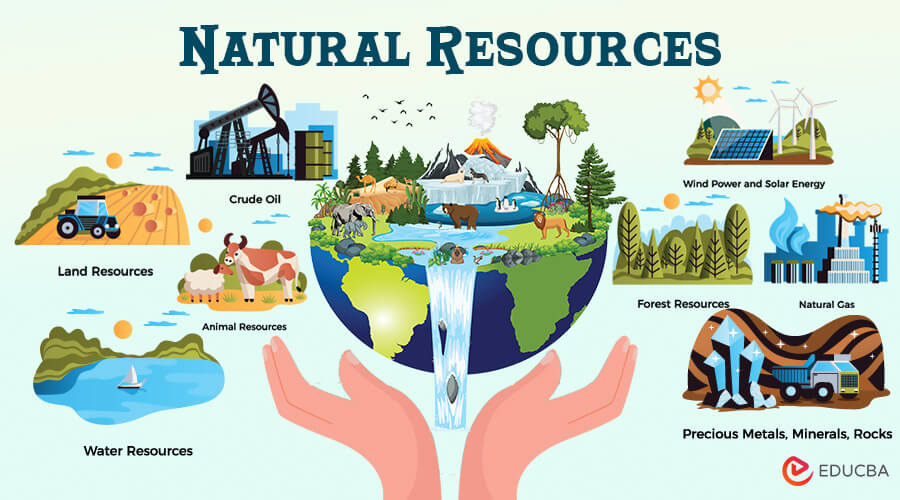El Niño weather forecasts – A Significant Impact on Winter
Although winter is still a few weeks away, meteorologists are already predicting a snowy Sierra Nevada and southern Rockies winter. They predict more storms in the Northeast and South of the United States as well as warmer, drier weather in the already arid upper Midwest and Pacific Northwest.
An excellent example is the Atlantic hurricane season of 2023. El Niño is frequently used by forecasters to anticipate wind shear, which has the power to destroy Atlantic hurricanes. However, the influence on Atlantic storms was mitigated and it ended up being a busy season because the atmosphere did not immediately react to the warmer ocean.
El Niño’s effects are transmitted through the atmosphere. Precipitation is fueled by the warm ocean water’s ability to warm the air above it and cause it to rise. Over colder water, that air descends once more.
Sea surface temperatures rise during an El Niño winter due to a climatic event in the tropical Pacific Ocean. These occurrences, which can linger for many months and usually happen every two to seven years, throw off the regular rhythms of winter weather. An El Niño winter can have a variety of repercussions. First of all, it causes more precipitation and milder temperatures in many areas, making winters warmer and wetter and frequently bringing with them a higher danger of flooding. On the other hand, some regions might go through a drought, which would cause a shortage of water and increase the chance of wildfires, which would be extremely difficult for agriculture. El Niño can also influence the development of weather systems, potentially giving rise to more intense and frequent storms, including heavy snowfall in some regions and more severe weather events such as tornadoes or hurricanes in others. The impacts of El Niño are highly variable, depending on the strength and duration of the event and regional factors, making monitoring and preparedness crucial.
Winter is coming… A Permanent Ice Age! – YouTube
It can also be helpful to envision what the forthcoming winter might hold by looking back at previous El Niño winters:
During the 2018–2019 season, a weak El Niño produced a number of noteworthy storms, one of which dropped snow and ice from Texas to the Carolinas in December. According to NOAA, the season was also the wettest winter on record for the US mainland, with temperatures above average in much of the East.
According to NOAA, the 2015–2016 winter was the warmest on record for the US mainland due in part to a very strong El Niño. Massive snowstorms, including a fatal blizzard that stopped East Coast transport, were still occurring as a result of the warm winter.
The previous winter with an El Niño predicted to be as strong as this year was 2009–2010. According to NOAA statistics, it was quite rainy and snowy along the East Coast and rather cold throughout the southern and central US. The season was infamous for the Northeast’s frequent and severe blizzards.
Forecasters’ confidence in the forecast model they use determines whether they believe a strong El Niño will form.
The dynamical forecast models were already highly optimistic about the possibility of a major El Niño developing this past spring. These are large-scale models that start with the current atmospheric and oceanic conditions and answer fundamental physics equations.
Less certainty existed in statistical models, which make use of statistical predictors of El Niño determined from previous observations.
Compared to previous significant El Niño episodes like 1982–1983, 1997–1998, and 2015–2016, the location of precipitation is not changing as much this year. It’s not as strong and is developing considerably more slowly.
Presumably, some of that has to do with how extremely warm the tropics are overall. However, this is still a very new area of study.



